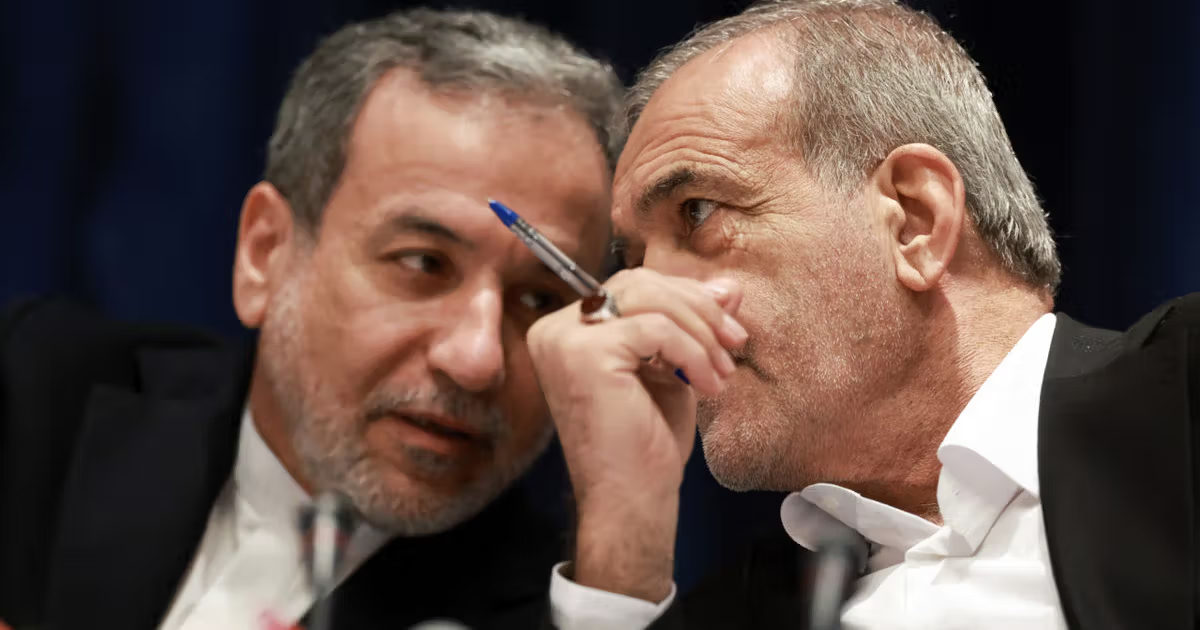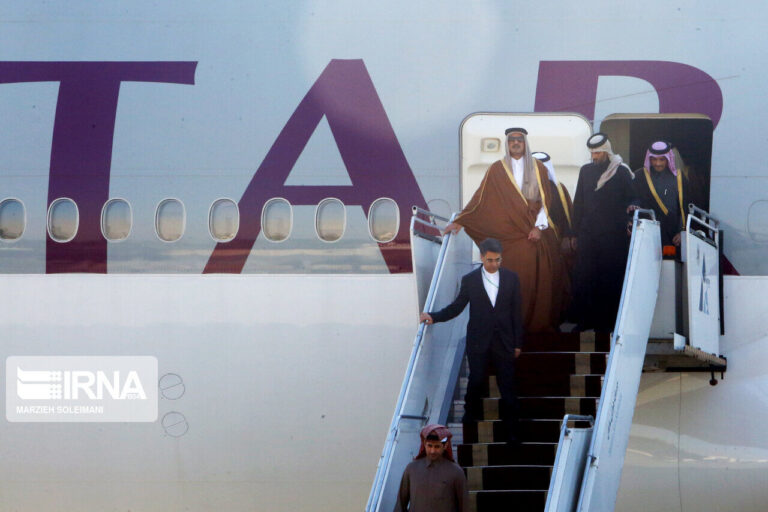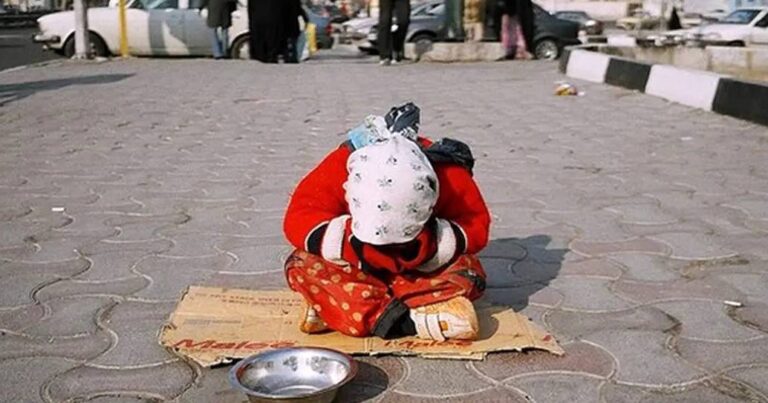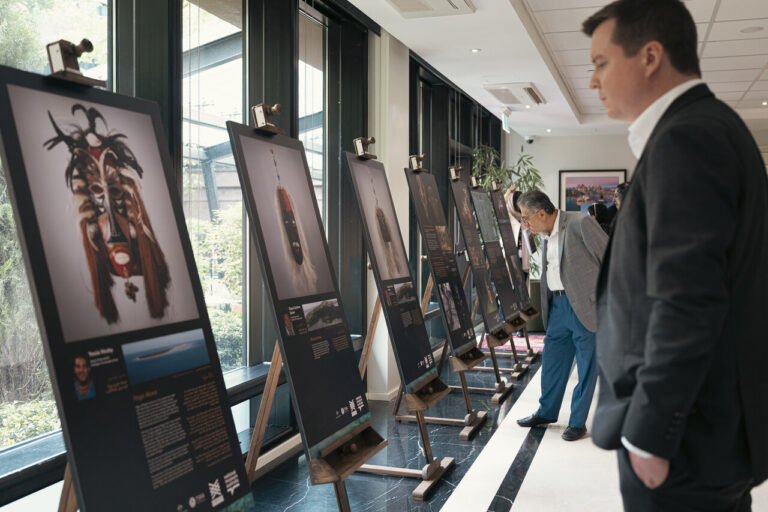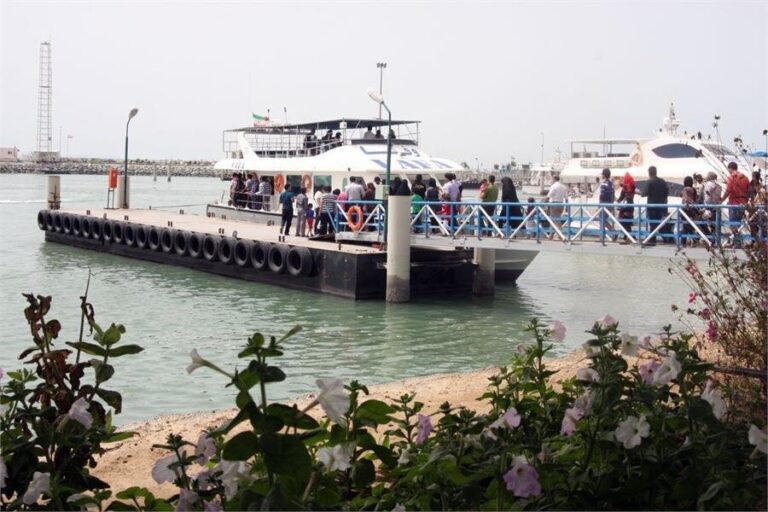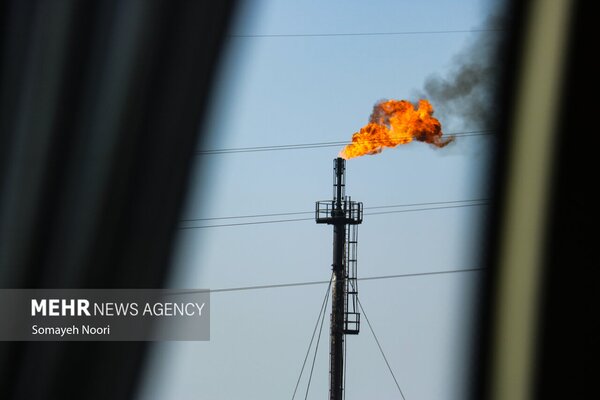Tehran Offers US Market Access: Navigating Significant Barriers Ahead!
Amid growing domestic and economic challenges, Iranian officials are attempting to attract the United States into a new investment deal that could be beneficial for Tehran. By extending a welcoming invitation to American investors, Iran seems to be testing Washington’s willingness for a broader détente, which could signal a shift beyond nuclear containment toward economic normalization.
The real question remains whether this outreach indicates a genuine transformation or is merely a strategic maneuver. Furthermore, any significant progress will largely depend on the concessions both sides are willing to make in ongoing discussions that commenced in Oman on April 12.
However, the complex landscape of U.S. sanctions, coupled with the unfavorable conditions within Iran, presents substantial hurdles for American—or any developed country’s—investment.
A Bigger Deal Than 2015?
Recent statements from President Masoud Pezeshkian and Foreign Minister Abbas Araghchi hint that Iran is aiming for more than just relief from the secondary U.S. sanctions reinstated after Washington’s 2018 exit from the Joint Comprehensive Plan of Action (JCPOA). They are also pushing for the removal of primary sanctions that have long hindered American trade and investment in Iran.
In May 2018, President Donald Trump unilaterally withdrew the United States from the JCPOA, which had been a landmark nuclear agreement between Iran and world powers. He reinstated secondary sanctions aimed at penalizing third parties that violate U.S. restrictions on Iran.
Currently, under both primary and secondary sanctions, no U.S. company or individual is allowed to invest in Iran. Any investment would become feasible only after a nuclear agreement is reached, and Iran begins to meet its obligations under such an agreement. Washington is unlikely to lift all sanctions at once without Iran first addressing its uranium enrichment infrastructure and reducing its highly enriched uranium stockpile.
What Iranian Officials Said About U.S. Investment
In an October statement, President Pezeshkian emphasized that Iran requires at least $100 billion in foreign investment to achieve an annual economic growth rate of eight percent. He underscored that improving foreign relations is crucial to attracting this investment.
Throughout the past 46 years of clerical governance, Iran has averaged less than 3% annual growth.
More recently, President Pezeshkian remarked that Supreme Leader Ali Khamenei has “no objection to American investors” entering the Iranian market. “Let them come and invest,” he said, adding, “But we oppose plotting, regime change efforts, and destructive policies. Iran is not a place for conspiracies or espionage followed by assassinations. All investors are welcome to invest in our country.”
Foreign Minister Abbas Araghchi reinforced this message in a Washington Post op-ed, stating that the responsibility lies with Washington to permit American companies to explore what he described as a “trillion-dollar opportunity” in Iran, although he did not provide specific details.
While Khamenei has not publicly commented on the discussions or investment possibilities, he is Iran’s top decision-maker on foreign policy and has authorized indirect negotiations with Washington. His involvement is expected to shape the scope and terms of any potential agreements.
What Type of U.S. Sanctions on Iran Are in Place?
After the 2015 nuclear agreement, the U.S. lifted most nuclear-related secondary sanctions. However, primary U.S. sanctions, some of which date back to the 1980s, continue to ban nearly all trade and financial dealings between U.S. individuals and Iran. These sanctions have made it nearly impossible for American companies to invest in or trade with Iran, even during the brief period of JCPOA implementation, unless they secure special licenses from the U.S. Treasury’s Office of Foreign Assets Control (OFAC).
- For example, Boeing signed an agreement with Iran in 2016 to sell commercial aircraft after obtaining a special OFAC license under the Obama administration.
- However, the license was revoked after the Trump administration exited the JCPOA, preventing the delivery of Boeing’s aircraft.
- Moreover, similar restrictions under the Export Administration Regulations (EAR) stopped non-U.S. companies like Airbus from selling aircraft to Iran if they contained more than ten percent U.S.-origin components—unless they received licensing through OFAC.
Domestic Impediments to Investments
Beyond sanctions, a significant barrier to American and broader international investment in Iran is the structure of its state-controlled economy. The economy is fraught with opaque regulations, inconsistent enforcement, and non-transparent business practices. Key economic sectors are dominated by conglomerates affiliated with Supreme Leader Ali Khamenei and the Islamic Revolutionary Guard Corps (IRGC), creating an uneven playing field that deters foreign investment.
Iran’s economy is effectively closed, especially regarding consumer-facing industries. Even domestic investors face considerable risks due to ambiguous rules, political interference, and limited legal protections. While foreign companies can occasionally secure contracts for state-backed infrastructure projects, such engagements are tightly controlled by government-linked enterprises and offer minimal access to Iran’s broader market.
Ultimately, while a nuclear agreement could potentially reduce immediate conflict risks and unlock limited economic engagement, it is insufficient to attract serious Western investment. For that to materialize, Iran would need to implement deeper reforms, which should include recalibrating its foreign policy, scaling back the IRGC’s influence over the economy, and fostering a more transparent and rules-based business environment. Without these changes, the prospect of meaningful, long-term foreign investment in Iran will remain elusive.
